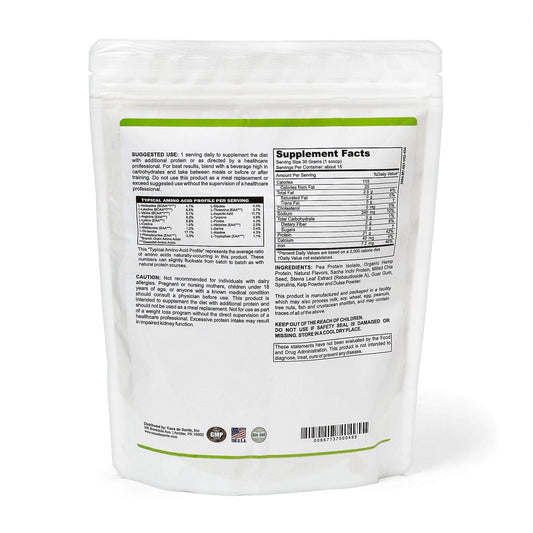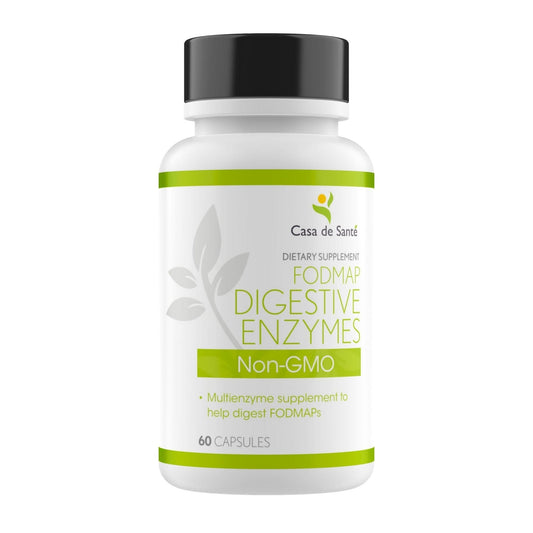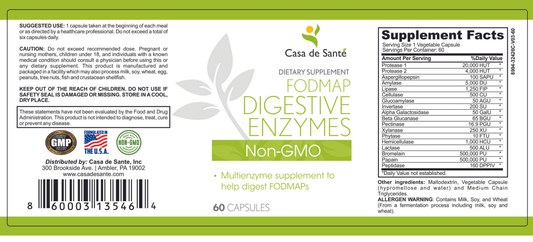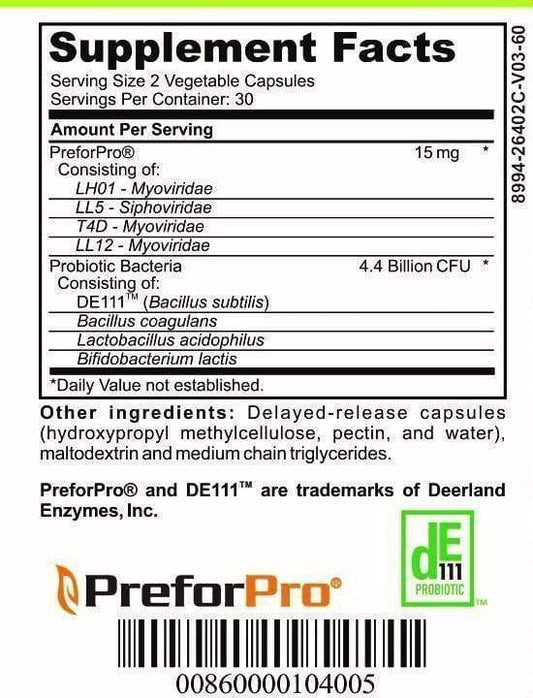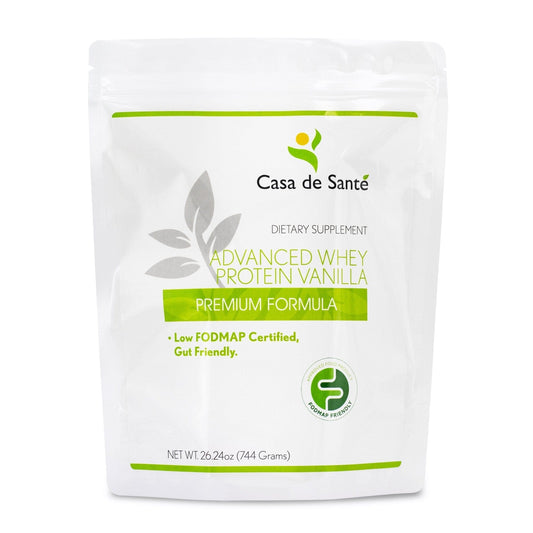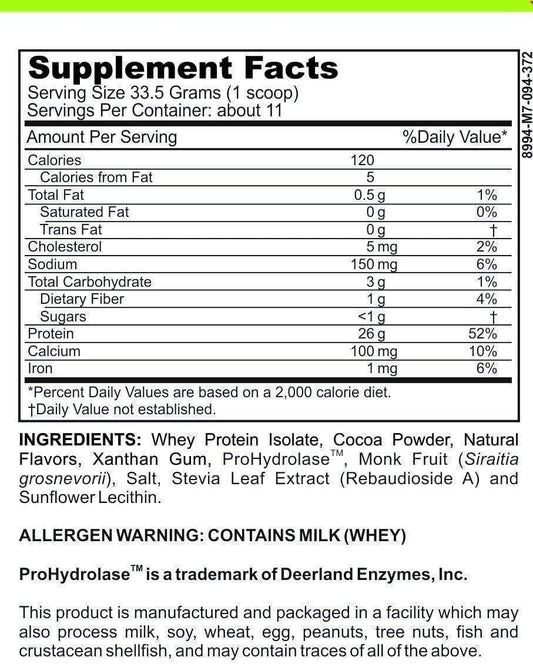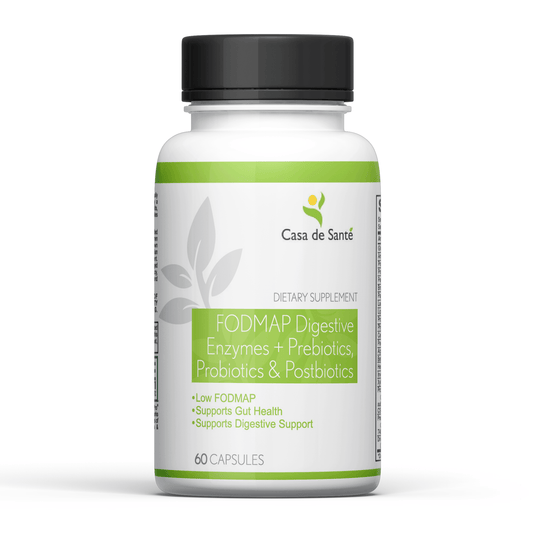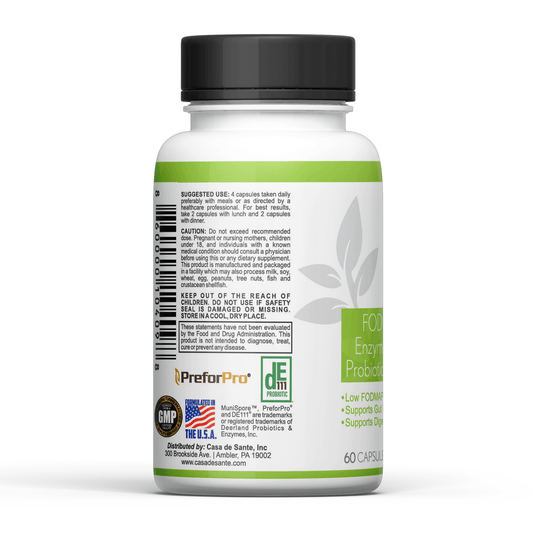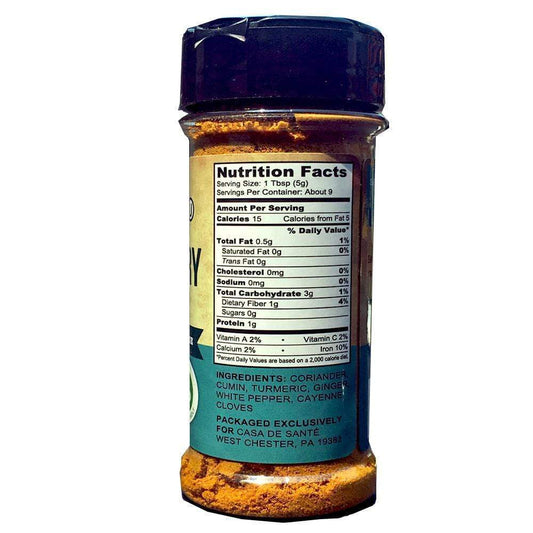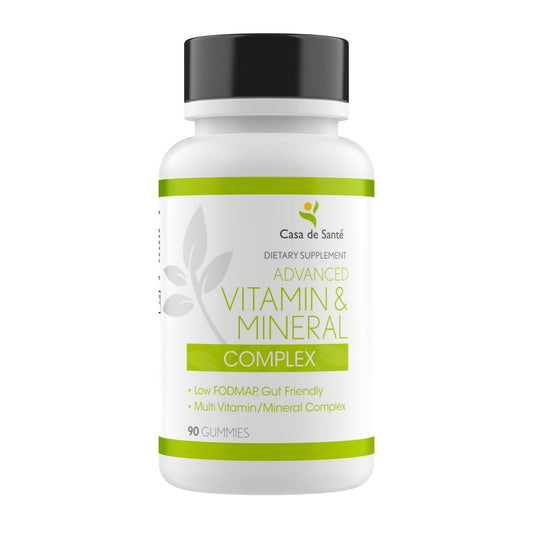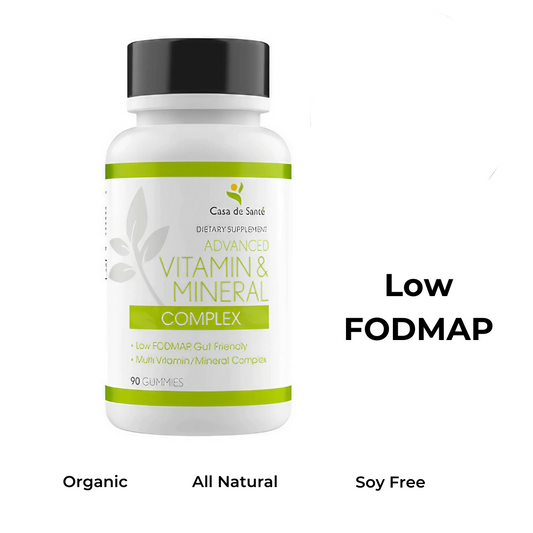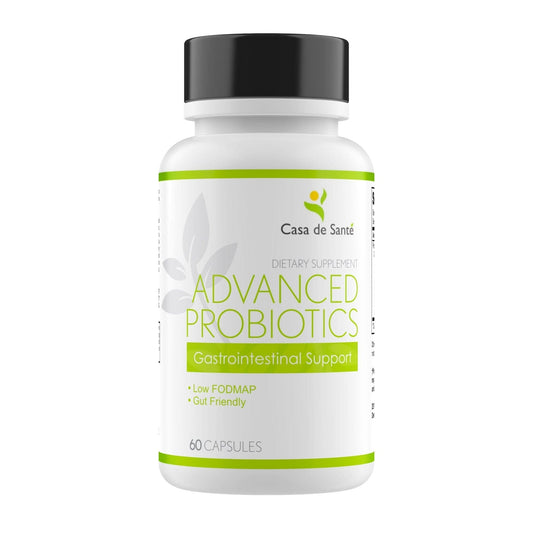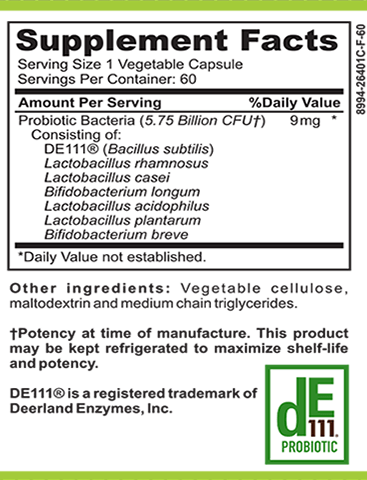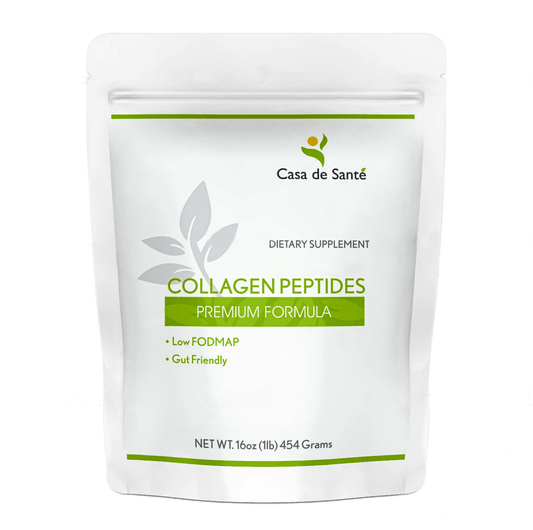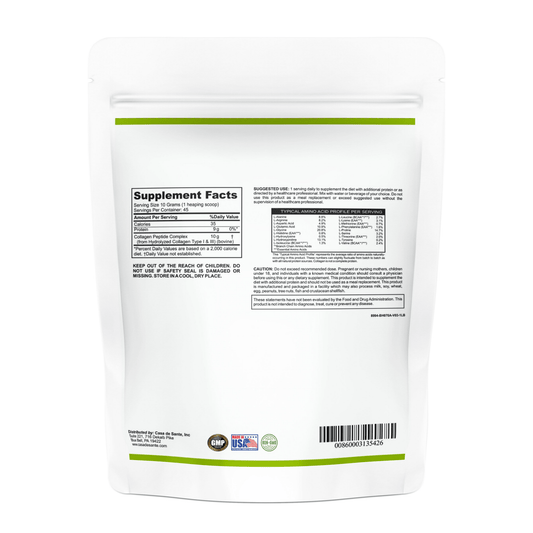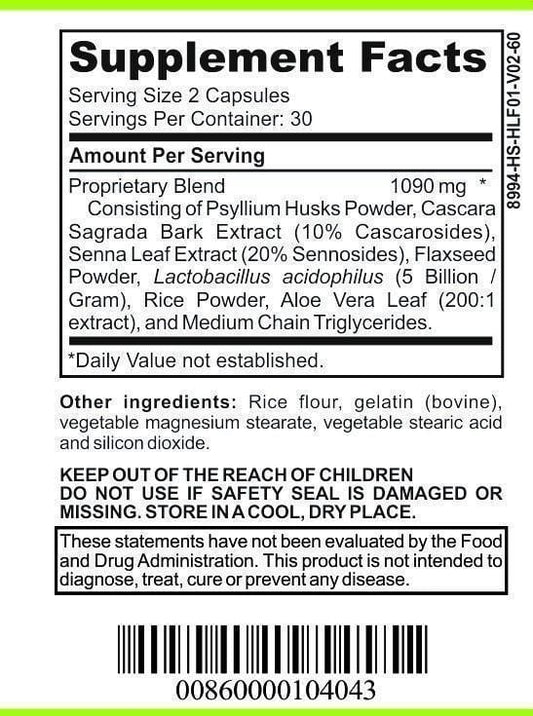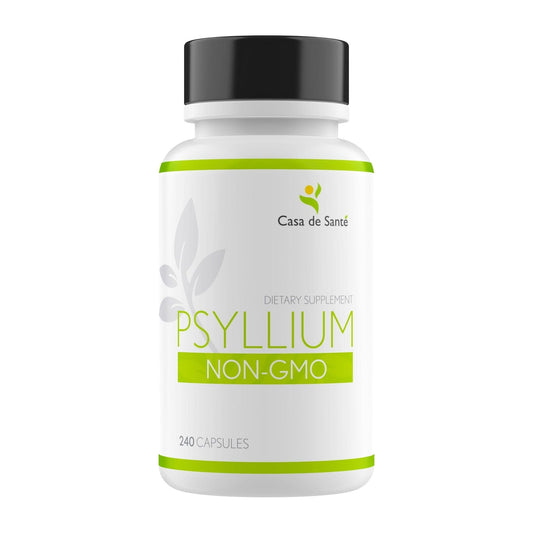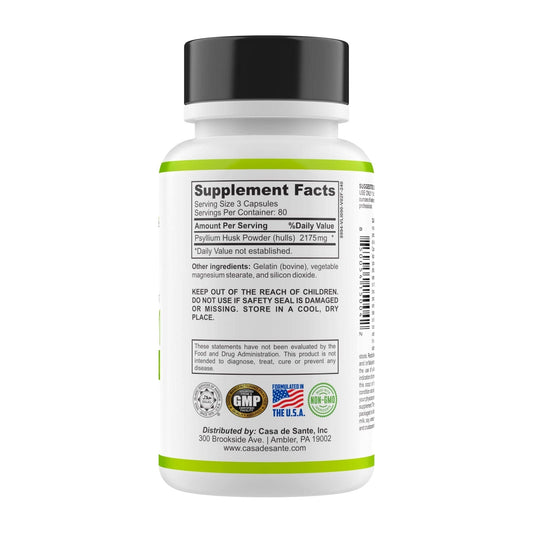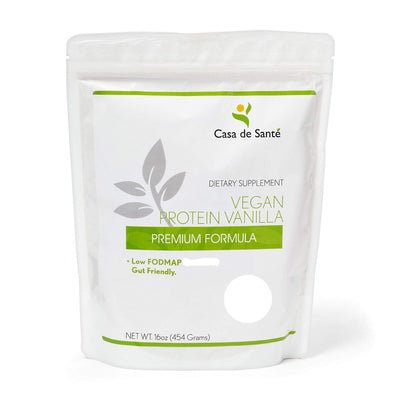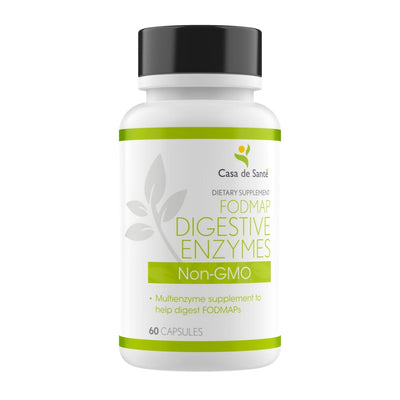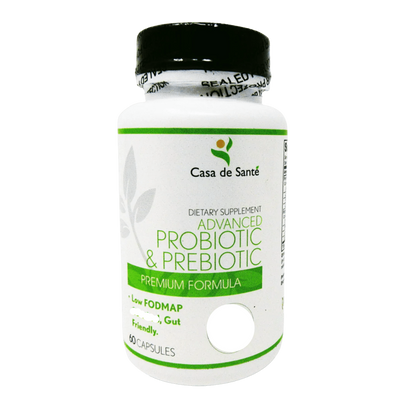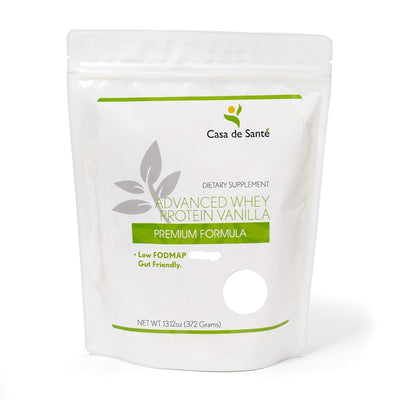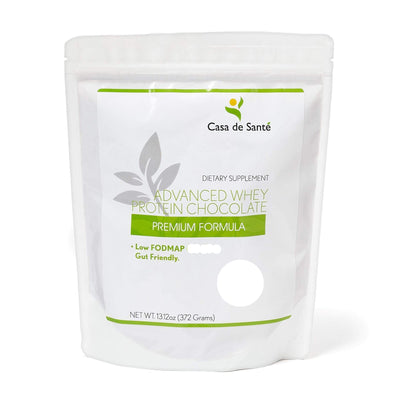10 Delicious Foods Low in Fructose: A Complete Guide
10 Delicious Foods Low in Fructose: A Complete Guide
Living with fructose intolerance or simply trying to reduce fructose in your diet doesn't mean sacrificing flavor or variety in your meals. Whether you're managing fructose malabsorption, hereditary fructose intolerance, or just being mindful of your sugar intake, finding delicious low-fructose foods can make your dietary journey much more enjoyable. This comprehensive guide explores ten mouthwatering foods that are naturally low in fructose, along with practical tips for incorporating them into your daily meals.
Understanding Fructose and Why Some People Limit It
Fructose is a natural sugar found in many fruits, some vegetables, honey, and other foods. While most people can digest fructose without issues, others experience uncomfortable symptoms when consuming it in larger amounts. Fructose malabsorption occurs when the small intestine struggles to absorb fructose properly, leading to digestive discomfort including bloating, gas, and diarrhea.
Hereditary fructose intolerance is a more serious genetic condition where the body lacks an enzyme needed to break down fructose, potentially causing severe reactions. Additionally, some people choose to limit fructose as part of managing conditions like irritable bowel syndrome (IBS) or simply to reduce their overall sugar intake.
The Fructose Content Spectrum
Foods vary widely in their fructose content. High-fructose foods include many fruits (especially apples, pears, and mangoes), honey, agave nectar, and processed foods containing high-fructose corn syrup. On the other end of the spectrum are foods with minimal or no fructose, which we'll explore in this article. Understanding this spectrum helps in making informed dietary choices that align with your specific needs and tolerance levels.
Protein-Rich Foods Low in Fructose
Protein is essential for building and repairing tissues, and fortunately, most protein sources are naturally low in or free from fructose. These options not only help you meet your protein requirements but also add satisfying elements to your meals without triggering fructose-related symptoms.
Eggs: Versatile and Nutritious
Eggs are a nutritional powerhouse and completely fructose-free. Rich in high-quality protein, vitamins, minerals, and healthy fats, eggs can be prepared in countless ways. From simple scrambled eggs for breakfast to elegant quiches for dinner, their versatility makes them a staple in low-fructose diets. For a quick meal, try a vegetable omelet with fructose-friendly veggies like spinach, bell peppers, and cheese.
Beyond basic preparations, eggs can be incorporated into many dishes. Hard-boiled eggs make excellent snacks or salad toppers, while poached eggs can transform a simple piece of toast into a satisfying meal. Their natural umami flavor enhances many dishes without adding any fructose concerns.
Poultry and Meats
Chicken, turkey, beef, pork, and lamb are all excellent fructose-free protein sources. These meats provide complete proteins along with important nutrients like iron, zinc, and B vitamins. Grilled chicken breast with herbs and a side of roasted vegetables makes for a delicious low-fructose dinner, while turkey slices can be the foundation of a satisfying sandwich using suitable bread.
When shopping for meats, opt for fresh, unprocessed varieties whenever possible. Some processed meats may contain additives with fructose or other sugars. Reading labels carefully helps ensure you're making truly fructose-friendly choices. Marinating meats in olive oil, herbs, and fructose-free seasonings can add tremendous flavor without introducing problematic ingredients.
Fish and Seafood
Fish and seafood are not only fructose-free but also offer omega-3 fatty acids and other nutrients that support heart and brain health. Salmon, cod, shrimp, and tuna can be prepared in various ways to create exciting meals that fit perfectly into a low-fructose eating plan. A simple grilled salmon with lemon, dill, and a side of steamed rice makes for a nutritious dinner that's completely free from fructose concerns.
Canned fish options like tuna and sardines provide convenient protein sources for quick meals. Just be sure to check labels on flavored varieties, as some may contain sweeteners with fructose. Plain versions packed in water or olive oil are typically safe choices and can be seasoned at home with fructose-free ingredients.
Dairy Products and Alternatives
Most dairy products contain minimal fructose and can be enjoyed as part of a low-fructose diet. They provide calcium, protein, and other essential nutrients while adding creaminess and richness to meals and snacks.
Cheese: A Flavorful Option
Cheese is virtually fructose-free and comes in hundreds of varieties, from mild to sharp, soft to hard. Cheddar, mozzarella, Swiss, brie, and most other natural cheeses can be enjoyed without fructose concerns. Cheese makes a satisfying snack on its own, pairs wonderfully with low-fructose crackers, and adds flavor to countless dishes.
For those who also need to watch fat intake, options like part-skim mozzarella or reduced-fat cheddar provide the same fructose-free benefits with less fat. Aged cheeses like parmesan and pecorino romano offer intense flavor, meaning a small amount goes a long way in enhancing dishes without adding significant calories.
Yogurt and Milk
Plain yogurt and milk contain lactose (milk sugar) but are low in fructose. Greek yogurt, with its higher protein content and tangy flavor, makes a particularly satisfying option. It can be enjoyed plain or topped with low-fructose fruits like berries, a drizzle of maple syrup (which contains primarily sucrose rather than fructose), or a sprinkle of nuts for a nutritious breakfast or snack.
When selecting yogurt, be careful with flavored varieties, as many contain fruit preparations or sweeteners that may introduce fructose. Reading labels is essential, or better yet, start with plain yogurt and add your own fructose-friendly flavorings. For those who are lactose intolerant as well, lactose-free milk and yogurt options are widely available and remain low in fructose.
Grains and Starches
Many grains and starchy foods are naturally low in fructose, making them excellent foundations for meals. These foods provide energy, fiber, and various nutrients while being gentle on fructose-sensitive digestive systems.
Rice and Rice Products
Rice is a versatile, fructose-free grain that works well as a side dish or main course component. White, brown, wild, and specialty rice varieties like basmati or jasmine all fit into a low-fructose diet. Rice noodles, rice cakes, and rice cereals also provide fructose-friendly alternatives to wheat-based products (though wheat itself is generally low in fructose unless sweetened).
A simple rice bowl topped with grilled chicken, low-fructose vegetables, and a suitable sauce can make a complete meal. Rice can also be transformed into risotto, fried rice, or rice pudding (sweetened with maple syrup or glucose instead of high-fructose sweeteners) for more varied options in your meal rotation.
Potatoes and Other Root Vegetables
Potatoes, sweet potatoes, and other starchy root vegetables like turnips and parsnips are naturally low in fructose. These versatile vegetables can be baked, mashed, roasted, or made into soups. A baked potato topped with cheese, sour cream, and chives makes a satisfying meal, while roasted sweet potato wedges seasoned with herbs offer a nutrient-rich side dish or snack.
Beyond potatoes, other root vegetables bring different flavors and nutrients to the table. Carrots, while containing some fructose, are generally well-tolerated in moderate amounts by most people with fructose sensitivity. Roasted root vegetable medleys make colorful, nutritious side dishes that complement many protein options.
Vegetables Low in Fructose
Vegetables are essential for a balanced diet, providing fiber, vitamins, minerals, and antioxidants. Many vegetables are naturally low in fructose, making them perfect for those limiting this sugar.
Leafy Greens
Spinach, kale, lettuce, arugula, and other leafy greens contain minimal fructose while offering impressive nutritional profiles. These versatile vegetables can be enjoyed raw in salads, sautéed as side dishes, added to soups, or blended into smoothies with other low-fructose ingredients. A simple spinach salad with hard-boiled eggs, cheese, and olive oil dressing makes a nutritious lunch that's kind to fructose-sensitive systems.
Rotating different leafy greens throughout your week ensures you get a variety of nutrients and flavors. Baby greens tend to be milder in flavor, while mature greens often have more robust tastes. Experimenting with different varieties keeps meals interesting while maintaining a low-fructose approach.
Non-Starchy Vegetables
Zucchini, cucumber, bell peppers, green beans, and eggplant are excellent low-fructose vegetables that add color, texture, and nutrients to meals. These versatile vegetables can be enjoyed raw, grilled, roasted, or sautéed. Spiralized zucchini makes a great pasta alternative, while bell peppers can be stuffed with a mixture of rice, cheese, and ground meat for a complete meal.
Creating vegetable-forward dishes doesn't mean sacrificing flavor. Roasting vegetables with olive oil, herbs, and a sprinkle of salt brings out their natural sweetness through caramelization, creating deep, satisfying flavors without adding any fructose. A platter of roasted vegetables can serve as a side dish or the base of a grain bowl topped with a suitable protein.
Conclusion: Embracing a Low-Fructose Lifestyle
Following a low-fructose diet doesn't mean a lifetime of bland, restricted eating. With the ten food categories outlined above—eggs, poultry, meats, fish, cheese, yogurt, rice, potatoes, leafy greens, and non-starchy vegetables—you have the building blocks for countless delicious and satisfying meals. By focusing on these naturally low-fructose foods and learning to combine them creatively, you can enjoy a varied and flavorful diet while managing your fructose intake.
Remember that individual tolerance to fructose varies, so it's important to pay attention to your body's responses and work with healthcare professionals to develop an eating plan that's right for you. With some planning and creativity, a low-fructose diet can be not just manageable but genuinely enjoyable, filled with delicious foods that nourish both body and spirit.


